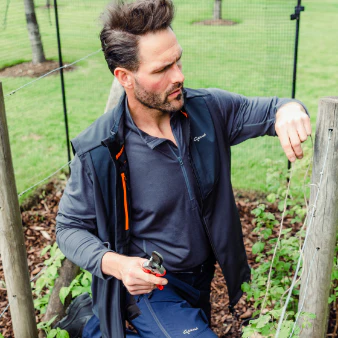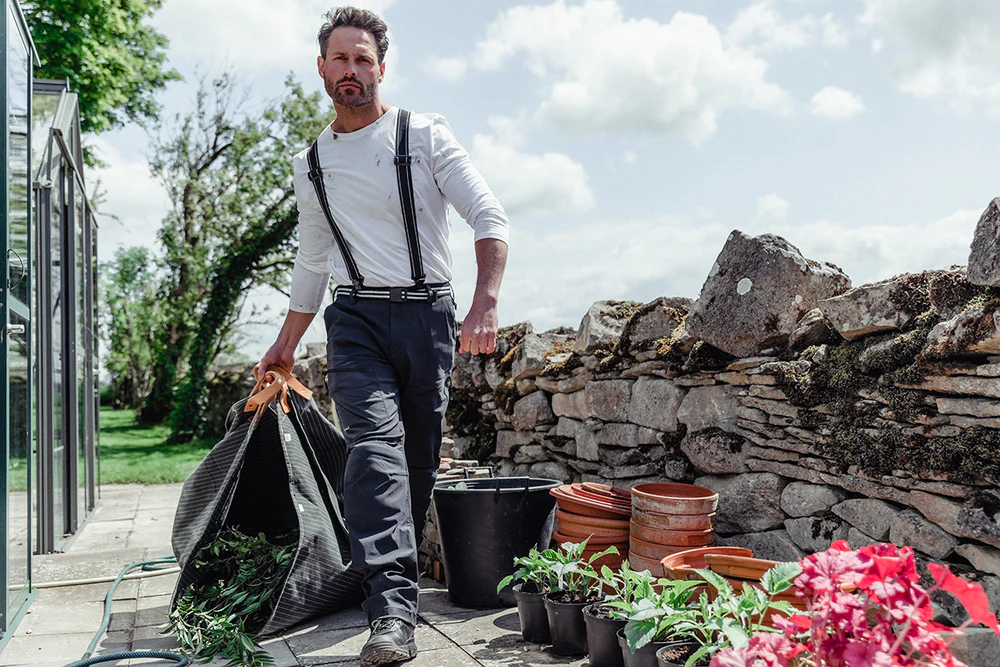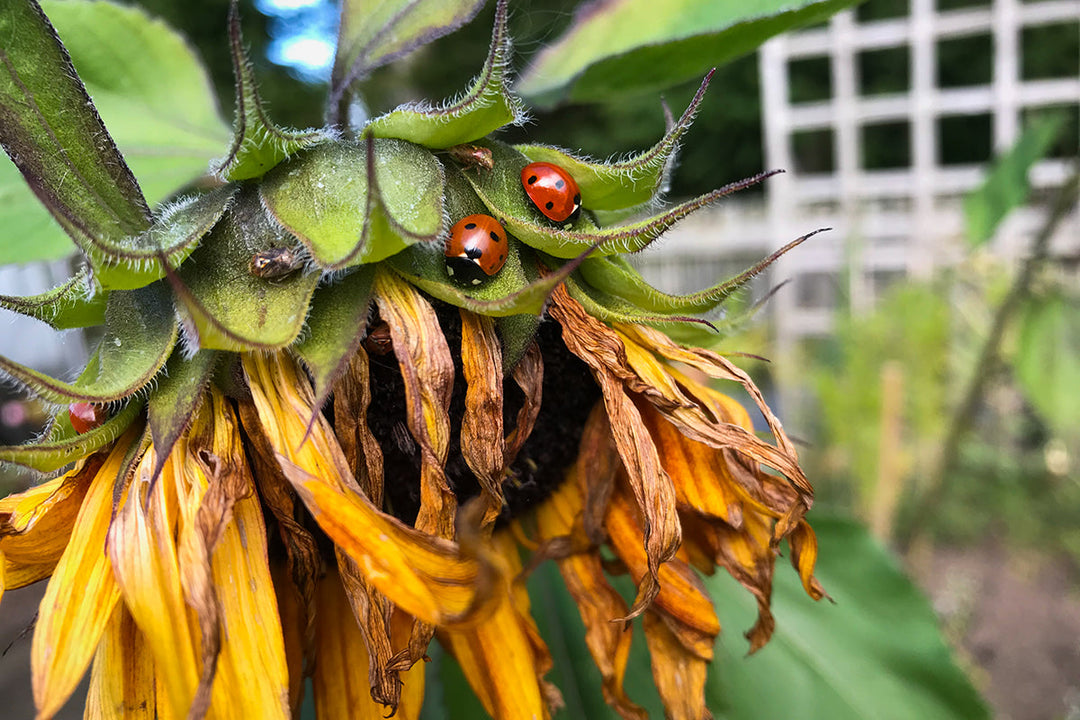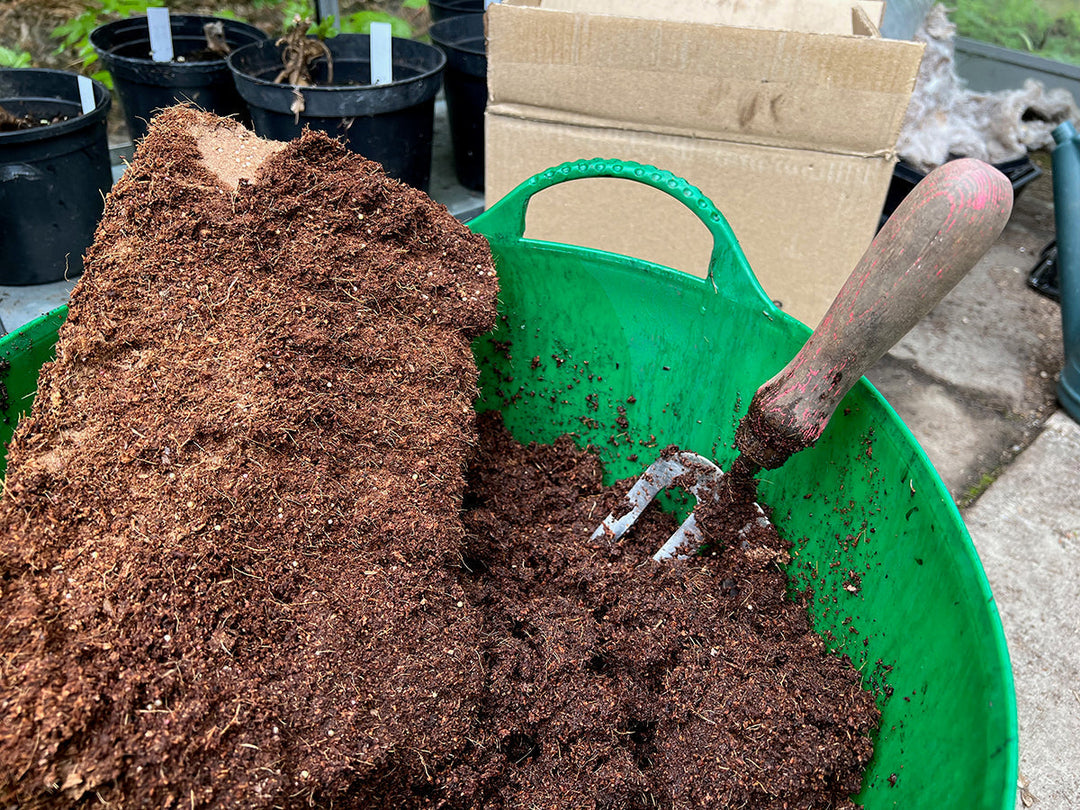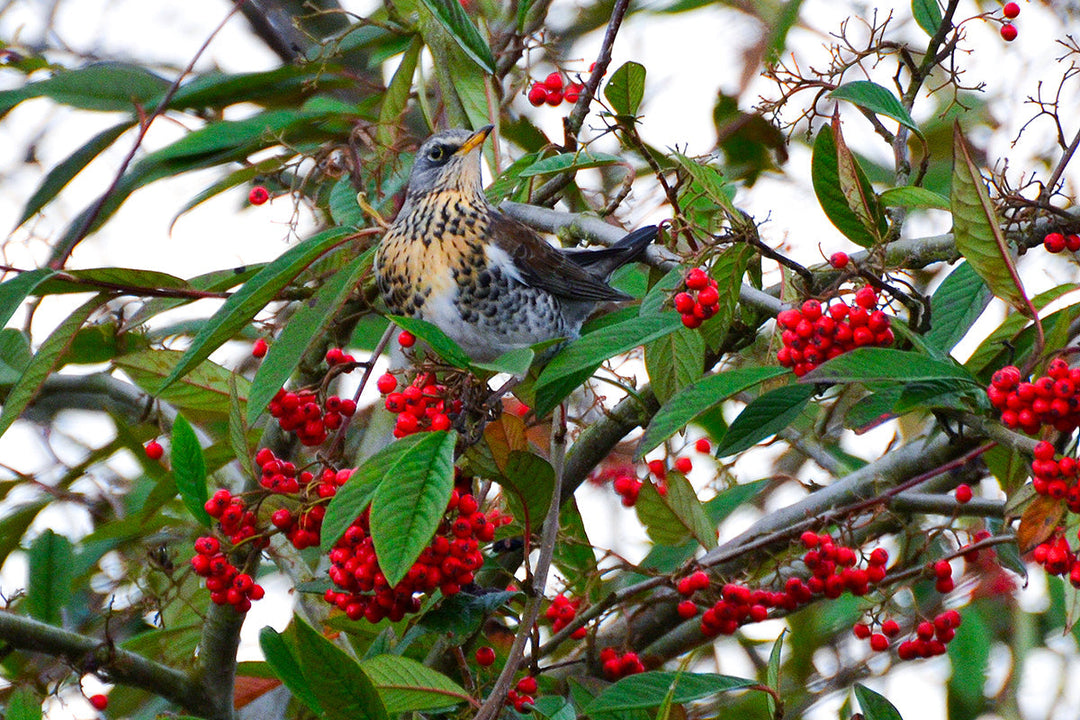Gardening explained - DNA analysis

You may have noticed in recent years that the scientific names of some plants have been changing. As an example, Sedum has become Hylotelephium. Michaelmas daisies, commonly referred to with their scientific name of Aster, are now Symphyotrichum. Perhaps the most surprising name change is with the common garden herb, rosemary. Formerly in the genus Rosmarinus, it has been moved over to join the salvias and is now Salvia rosmarinus.
So why is this happening? Historically, since the advent of the binomial naming introduced by Karl Linnaeus in the 18th century, plants have been grouped according to similarities, usually within the flower and reproductive organs. Recent advances in scientific testing have used DNA analysis to reassess plants and their family relationships.
This process involves extracting genetic material from plant tissue such as leaves or stems. Scientists break down any tough cell walls and use chemicals to isolate the DNA. This is then ‘amplified’ using PCR,(Polymerase Chain Reaction - a form of molecular photocopying) to create plenty of copies for analysis.
Modern sequencing technologies determine the exact order of nucleotides (the basic building blocks of DNA) in the DNA. Scientists compare these sequences to databases to identify species, and study genetic variations. This process can help with crop breeding, disease identification, and conservation.
DNA analysis has become faster, cheaper, and more accessible, which is why we are seeing these changes to our often hard-learned plant names. Some of us find it hard to change or remember these new names ,while others simply refuse to adapt. It often takes a generation or two before the old names fully disappear.
As with common names, if we didn’t change, hostas would still be funkias, and carnations gillyflowers. Actually, we rather like these older names. Maybe throw the odd ‘corpse candle’ (Mullein) or bloody butcher’ (Valerian) into a conversation and wait for the reaction!



